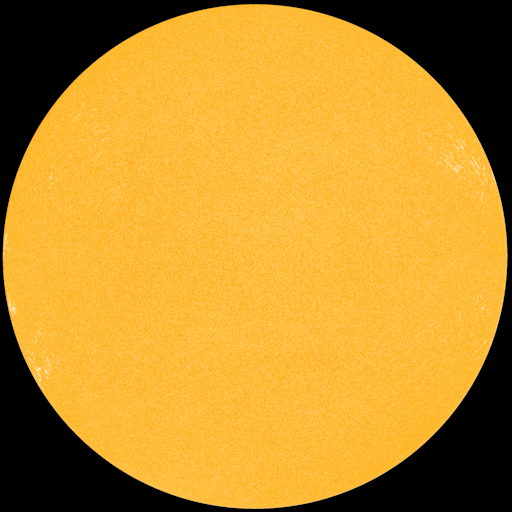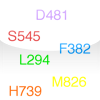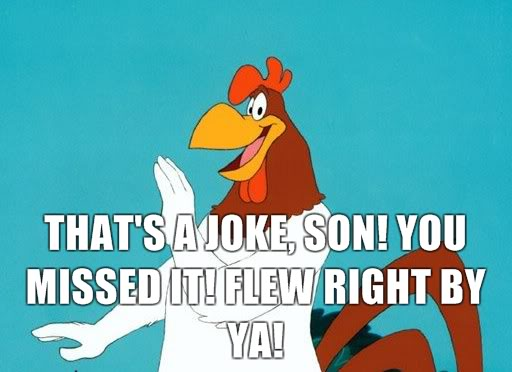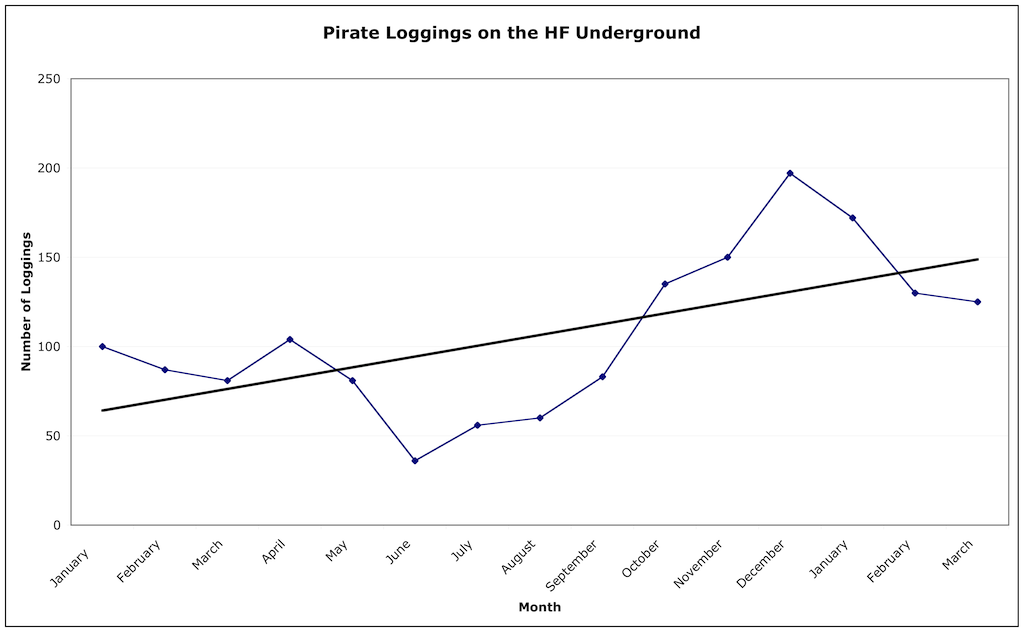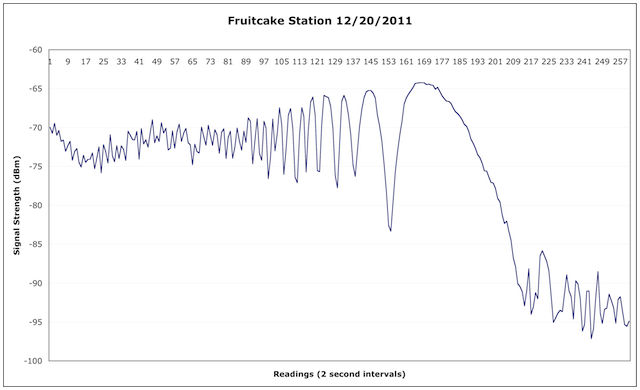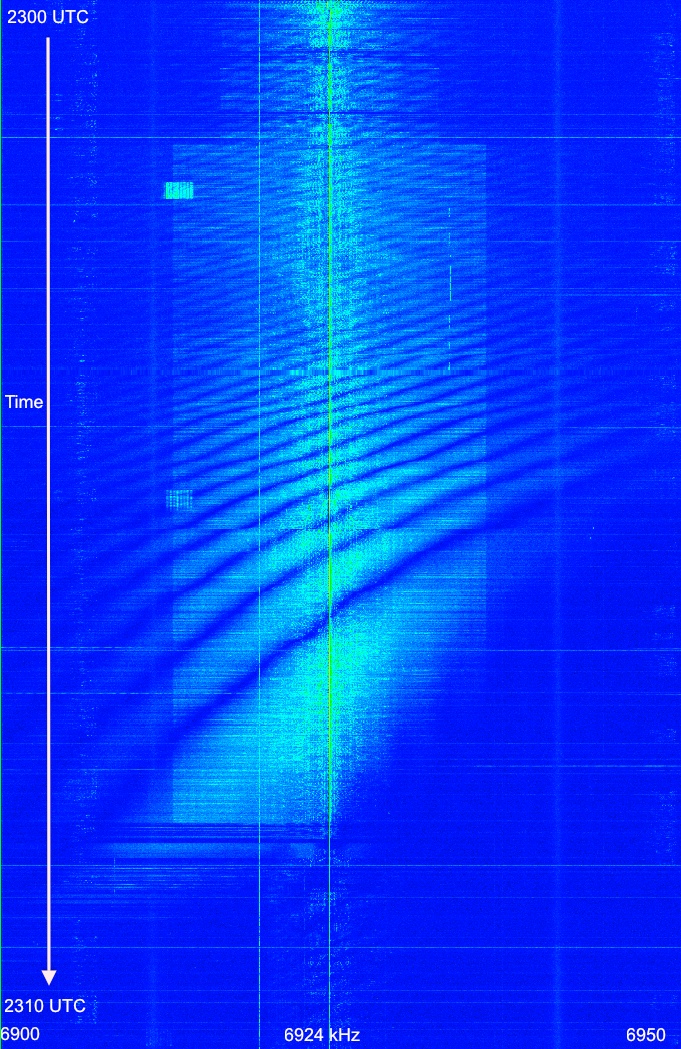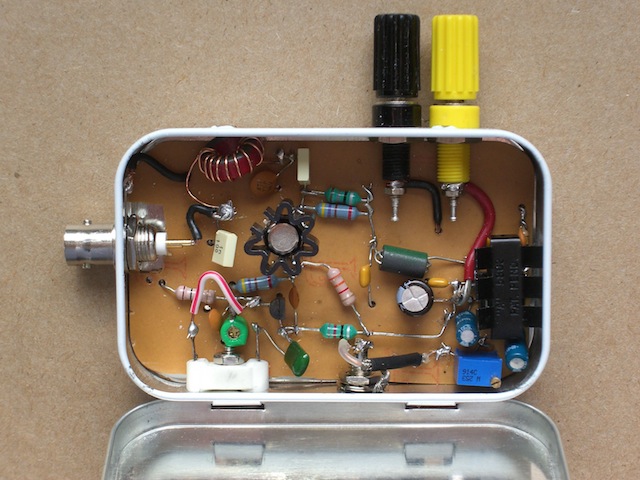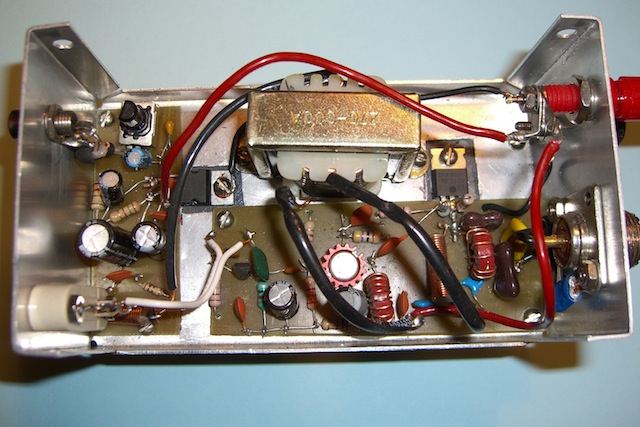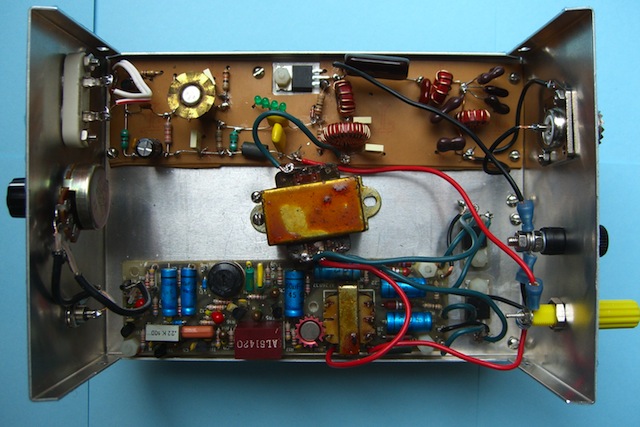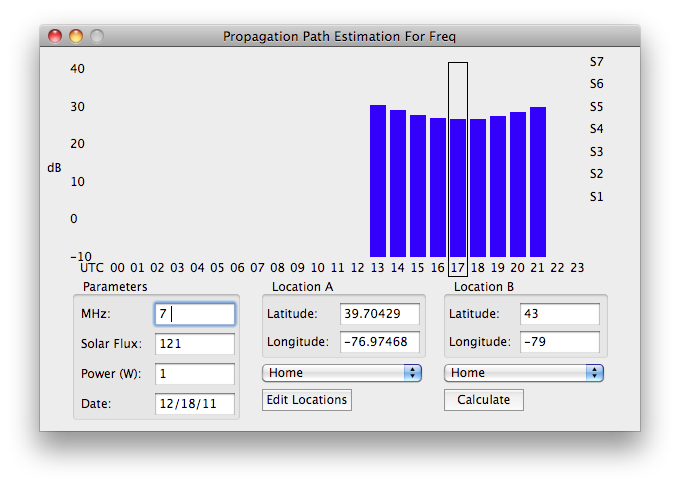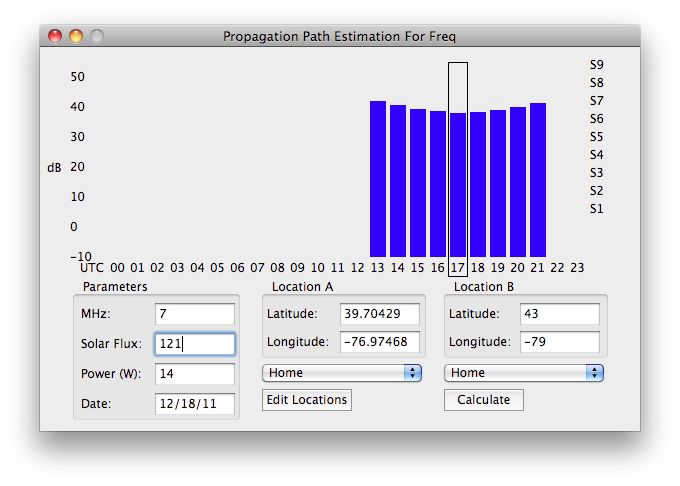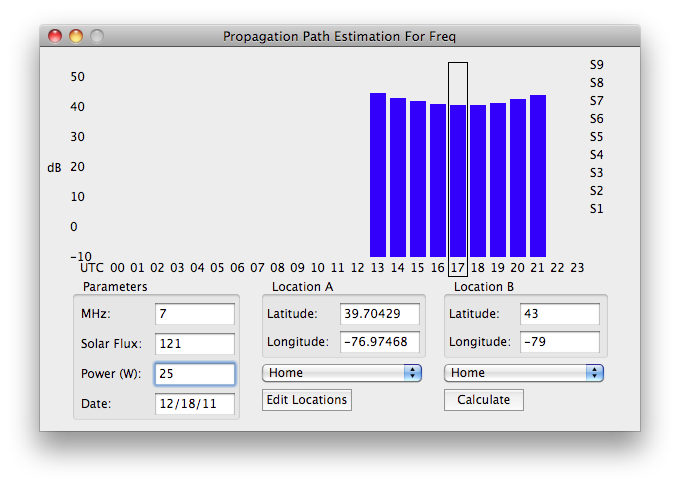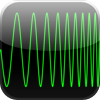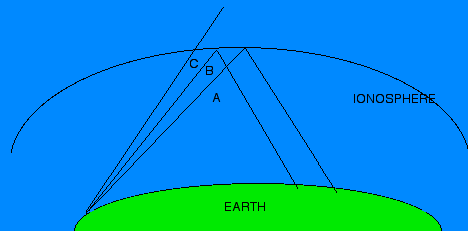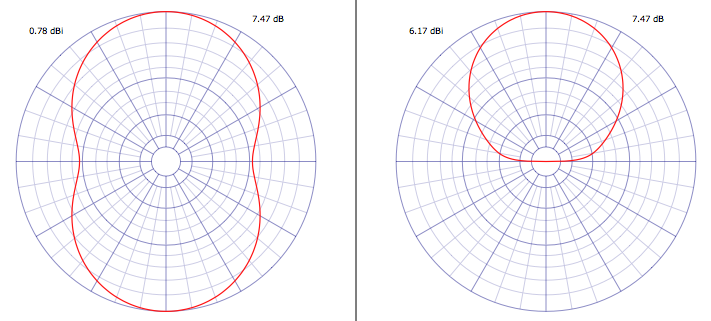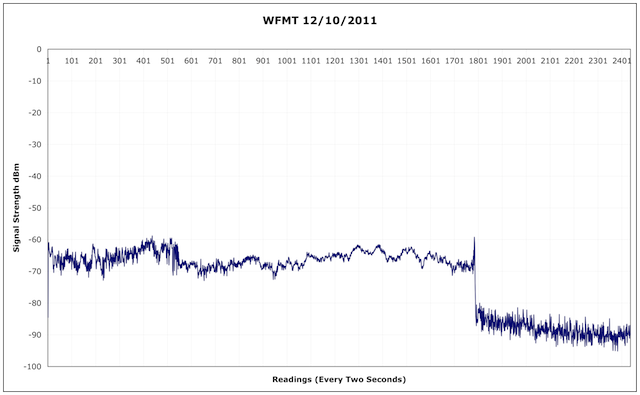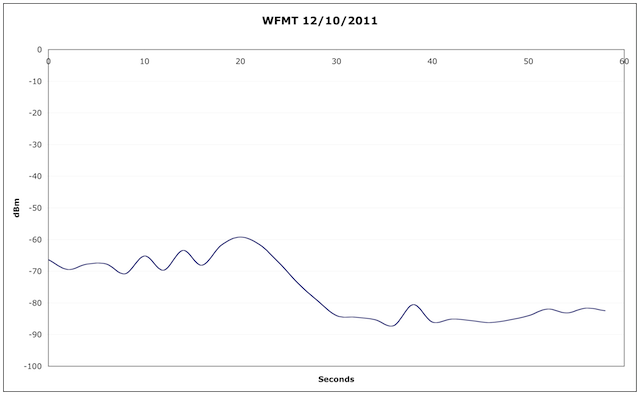That question could also be phrased “What’s the Best Time of the Day for a Pirate to go On the Air on 43 Meters?”
The answer to both of those questions depends on solar condition, how far apart the operator and the listener are, and their relative locations.
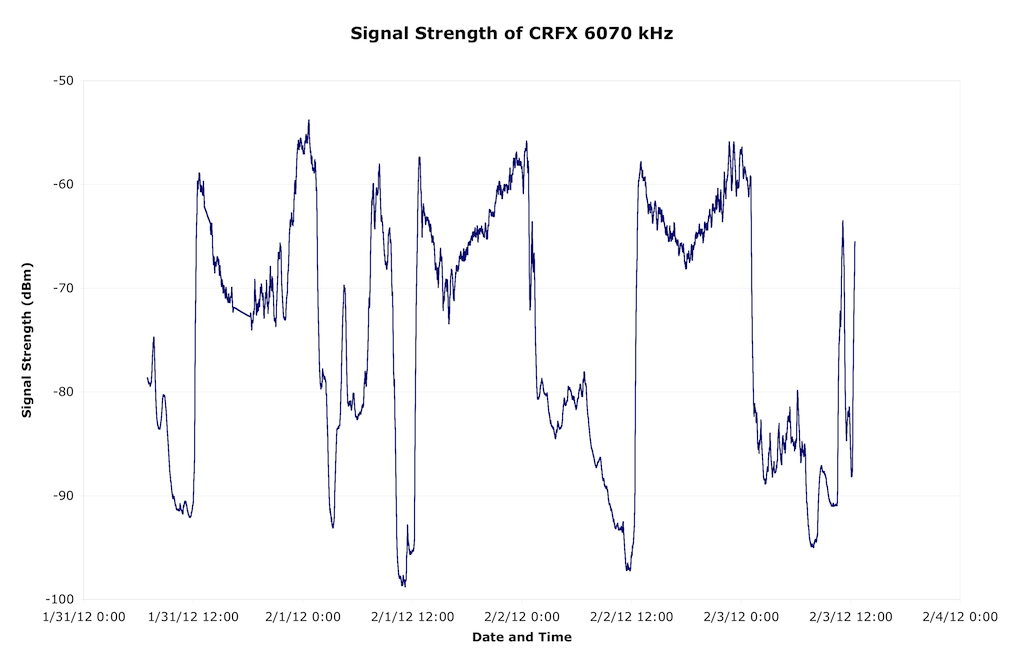
The above graph (click for a larger image) shows the signal level of CFRX, which transmits from Toronto, Ontario on 6070 kHz with 1 kW of power. It is located about 300 miles to the north-north-west of my location. 6070 kHz is close to the 6800-7000 kHz 43 meter pirate band, and the distance is comprable to that of many pirate stations, so I believe it is a good analog for the daily variation of signal strengths that most North American pirate radio stations will experience when operating under NVIS propagation.
The data starts at 0700 UTC on January 31, 2012 and runs until 1200 UTC on February 3, 2012. The data was captured with an SDR-14 connected to a 132 ft T2FD antenna. Custom software gathers signal strength data for several specified frequencies.
Several things are quite apparent:
You can see that at about 0130 UTC every day, the signal strength suddenly drops. This is when the station goes long, and short distance propagation is no longer possible via NVIS. This is due to the ionization level of the F2 layer decreasing to the point where steep angle radio waves are no longer reflected back to Earth, but pass through the ionosphere into space. Generally there appears to be a two-step process:
The signal suddenly drops to a lower level. It stays at that lower level for a while, with a slight decrease in signal over that time.
The signal then starts dropping more quickly over the rest of the night, reaching a minimum just before sunrise.
Likewise, at about 1200 UTC each day, the signal strength suddenly increases again. This is when the F2 layer ionization has increased to the point where NVIS propagation is again possible. Sometimes there is an increase in signal level earlier than this. The morning of February 1, for example, the signal came up during the middle of the night for several hours, then went back down again. That was a fairly unusual night, propagation-wise, compared to the other nights.
There are four primary factors that affect these two times of the day (0130 and 1200 UTC in this case):
First, the distance between the listener and the station (and their relative locations, of course). The closer together, the steeper the angle of incidence radio waves to the ionosphere, and the earlier in the evening (and later in the morning) the station will go long. Stations further away will go long later and return earlier, because the radio waves hit the ionosphere at a more shallow angle. The time of day is also dependent on the longitudes of the two stations, the further west they are, the later in the UTC day it will be, due to the location of the Sun over the Earth.
Second, the frequency used. The higher the frequency, the earlier the ionosphere will stop supporting NVIS, and the longer it will take in the morning for the ionization levels to return to a sufficient level to support it again.
Third, the day of the year. We’re in winter now, with relatively short days and long nights. As we get closer to spring and summer, the days get longer, and the band will be open for NVIS longer.
Fourth, the solar activity, which affects how strongly ionized the F2 layer gets. This also affects the D layer, which can attenuate signals, which we’ll get to in a moment. Changes in solar activity produce some of the day to day variations in CFRX signal strength patterns in the graph. Geomagnetic variations probably account for variations as well. These of course are due in large part to previous solar events, such as flares.
Next, note that while the signal level does suddenly increase in the morning, it then starts to decrease again, bottoming out around 1700 UTC, which is local noon. This is due to the attenuating effect of the D layer of the ionosphere. The D layer absorbs radio waves, rather than reflecting them back to Earth. The stronger the D layer, the more absorption there is. Lower frequencies are also more strongly absorbed. This attenuation peaks at local noon, when the Sun is highest in the sky. The drop in signal level at noon is around 12 dB, or 2 S units.
So while the Sun strengthens the F layer which supports propagation, it also strengthens the D layer, which attenuates it. These are competing factors. X-Rays from the Sun increase the D layer absorption. The background X-Ray flux is a good indicator of how strong (relatively) the D layer is. Solar flares can cause dramatic increases in D layer ionization, leading to severe fading and even shortwave blackouts.
Another thing to note is that the signal level in the morning is not as strong for as long as it is in the evening. After noon, the D layer starts to weaken when the ions begin to recombine. The F layer also weakens, but this takes longer to occur. So in late afternoon and early evening, we have an extremely weak D layer, yet still have a fairly good F layer, giving us strong signal levels. Then, finally, the F layer weakens to the point where NVIS operation is no longer possible, and the band goes long, sometimes dramatically.
We can use CFRX’s known 1 kW transmitter power and estimate the received signal levels if they were using a lower power level, typical with pirates. A 100 watt transmitter will be produce signal levels 10 dB weaker than CFRX’s 1 kW. Likewise, a 10 watt transmitter will be 20 dB weaker. For these measurements I used an SDR-14 receiver and a 132 ft T2FD antenna. Listeners with more modest setups are going to have a weaker signal.
Using the February 1st data, CFRX had a signal of about -60 dBm at 1300 UTC. This is S9+13 dB. A 100 watt transmitter would produce a signal of about -70 dBm, or just over S9. A 10 watt transmitter would produce a -80 dBm signal, about S8.
At high noon, CFRX was about -70 dBm, or very close to S9. A 100 watt transmitter would be -80 dBm, about S8, while a 10 watt transmitter would be -90 dBm, or about S6.
At around 0000 UTC, CFRX was about -56 dBm. A 100 watt transmitter would be -66 dBm, or S9+7 dB. A 10 watt transmitter would produce a signal of -76 dBm, about halfway between an S8 and S9 signal.
After the band went long, but while CFRX was still audible, the signal was about -80 dBm. A 100 watt transmitter would be -90 dBm, or about S6. A 10 watt transmitter would be about -100 dBm, or midway between S4 and S5. Noise levels on this band are about -105 dBm, so the signal to noise ratio (SNR) of the 100 watt station would be only about 10 dB, not very good. For the 10 watt station, it would be 0 dB, meaning that you would not be likely to hear much of anything.
There are several points to take away from this:
NVIS propagation, which most pirates are using on 43 meters, is presently most effective in the late afternoon and early evening. As we move into summer this will probably shift somewhat later, I’ll have to run some more measurements in several months to see what actually happens.
NVIS is also fairly good in the morning, but signal levels will likely be weaker than in the day. I’ve often noticed this myself: Radio Ga Ga is usually very weak here in the morning, but comes in much better in the early evening.
Signal levels from NVIS will likely be weaker around noon, due to the stronger D layer. Propagation is still quite possible, of course, and signal levels may be good, especially for shorter distances and higher power levels. You’re going to have a difficult time reaching the east coast of the US from Montana with a 10 watt grenade at high noon on 43 meters, however.
Signal levels at night for stations trying to use NVIS propagation will be extremely weak, if the station is even audible at all. Note that this is only the case for stations that are close to the listener. The further away the station is, the more shallow the incidence angle of the radio waves and the ionosphere. This means that the station will go long later in the evening, or not at all. Likewise, an operator trying to get out further, or a listener trying to hear more distant stations, will want to try later in the evening after the band has gone long (which of course is why we call it going long in the first place).
Operators can use the time of the day their transmit to (roughly) control where they will be heard. An operator from Guise Faux’s “southwest corner of Pennsylvania” will reach an audience in a several hundred mile radius during the middle of the day, perhaps slightly further in the morning (after sunrise) or early evening. After the band goes long, say after 0100 UTC right now, he’ll start to reach listeners further away, while local listeners will be in the skip zone. As the evening goes on, the skip zone will continue to grow in radius, but he’ll be reaching listeners further west, and possibly eventually to the west coast.
Conditions will change with the seasons and the solar activity level. What is true now will not be true six months from now, when we’re in summer. A change in solar activity levels will also affect propagation conditions on 43 meters.
The NVIS Near Vertical Incident Sky Wave article has the necessary information for estimating when propagation will go long, based on the distance between the stations and the current ionosphere conditions. Operators and listeners may want to take a look at the current conditions to gauge how propagation will be. While not a guaranteed way of computing of exact conditions, it is a good way to get a feel for how the band will perform. Likewise, take a look what solar conditions were like that day, whether there were any major flares, for example.
